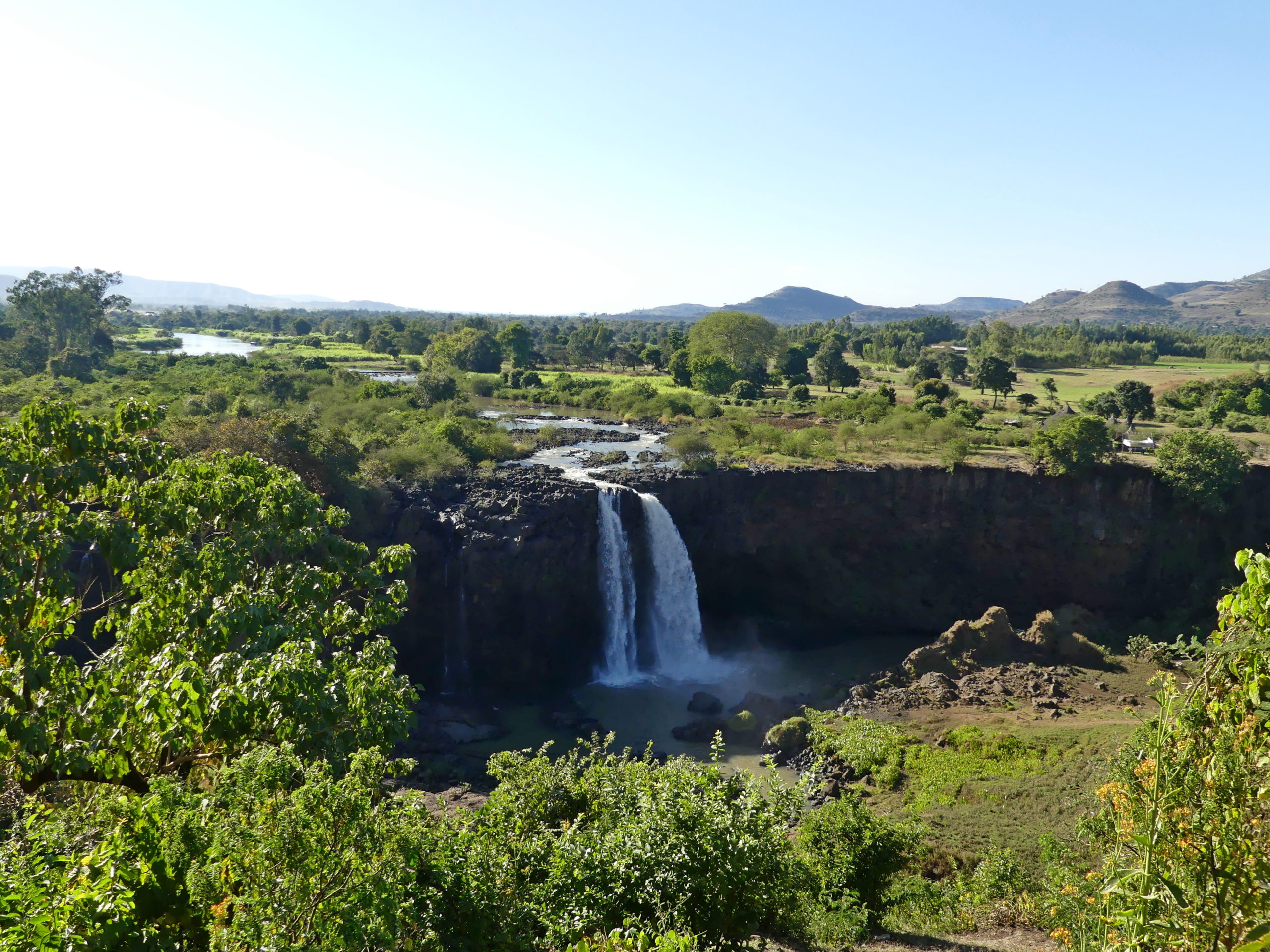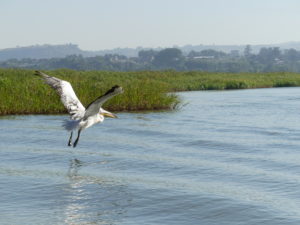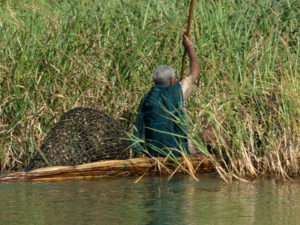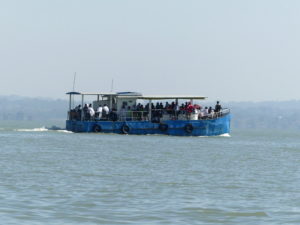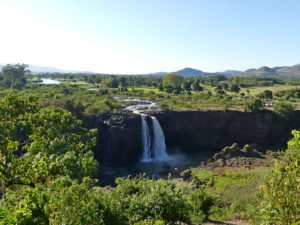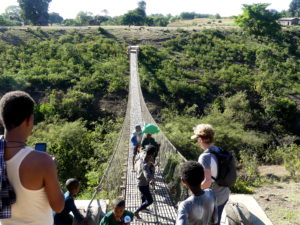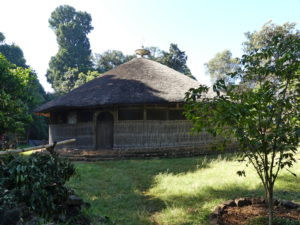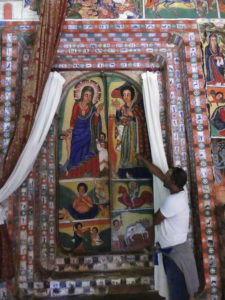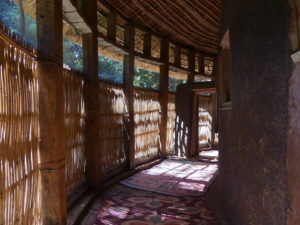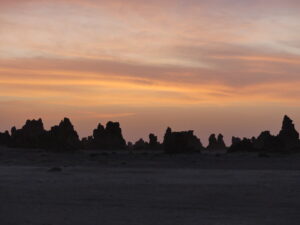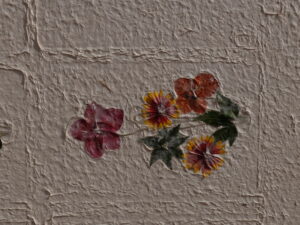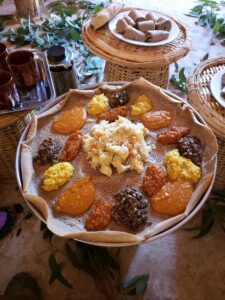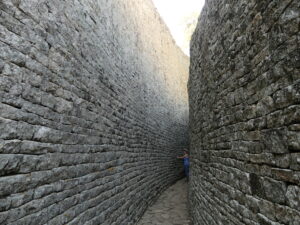The River Nile, the longest in the world, begins in the huge hollow (roughly 80 by 70 kilometers) of shallow Lake Tana in Ethiopia.
Fed by several rivers and rimmed by rushes, the lake feels quite natural, such a very pleasant place to relax. The lake attracts an extraordinary variety of birdlife, for example, to keep an eye on you while you idle.
But it’s also a workplace: we saw several fishermen working the reedy shores to catch fish in a traditional lake kayak made of reed strips.
But at its southern end lies the charming, boulevarded town of Bahir Dar, which is quite busy due to its own residents and interaction with small villages around the lake.
Ferries transport many people across the lake throughout the day.
On the shoreline, residents of Bahir Dar love to relax at the lake’s edge. This, and other lakeside sites, draw throngs of people in the evening for coffee or food.
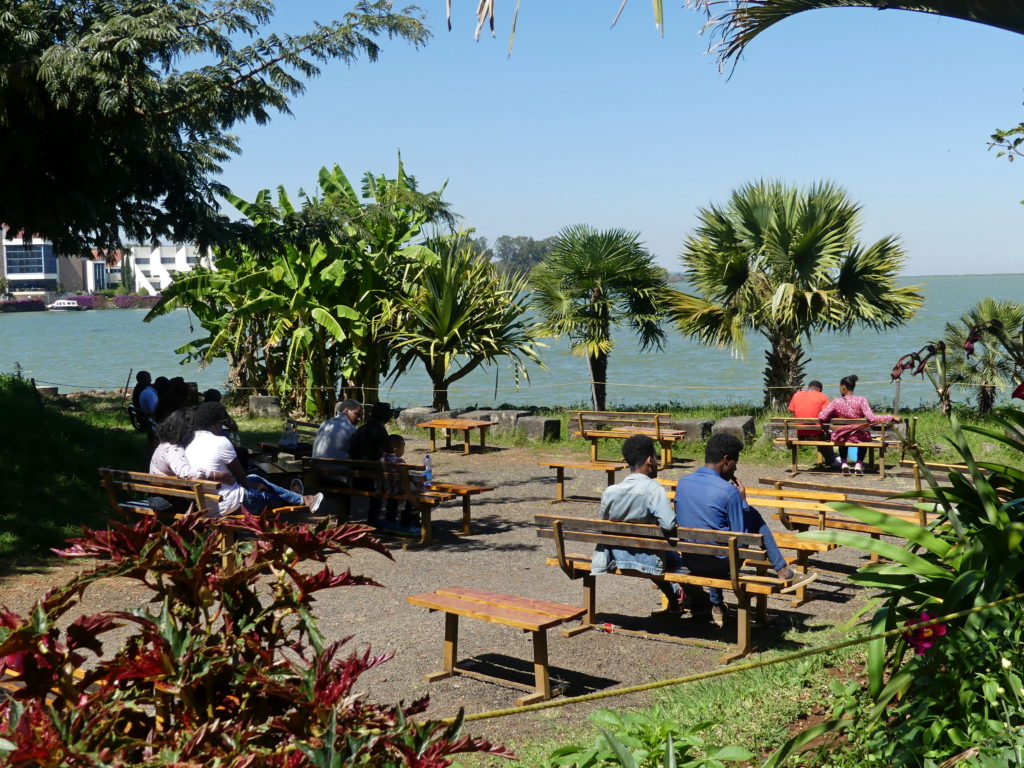
Other visitors include many Coptic Christians who make pilgrimages here.
Because it is shallow, the lake drains quietly northward. At this waterfall, the water flow asserts itself dramatically as the Blue Nile. From here it proceeds to the delta at Cairo, merging with the White Nile, which itself travels nearly 7000 kilometers (over 4000 miles). Along the way, the Nile and its branches nourish the land and people of 11 countries.
Speaking of drama, a suspension bridge, which traverses the Blue Nile just below the waterfall draining Lake Tana, can fill with traffic. We happened to arrive when a few men labored to coax, tug and cajole an unwilling donkey to make the last few steps off the swaying bridge to solid ground.
Unsurprisingly, as mother of the Nile, Lake Tana is also a holy place with numerous churches to visit on its islands and shoreline, as well as monasteries along the river that attract huge crowds on festival days.
Dedicated to Mary, Azoa Mariam church is one of the oldest and most impressive of the churches right on Lake Tana. Hiding on a peninsula, this circular structure dates back 500 to 600 years, but is still used actively by the island’s population and religious pilgrims.
The central space is the domain of the priests only. Here in the second circular gallery of the church, the people gather to pray. The entire wall is painted with biblical scenes from Old and New Testament.

The paintings are splendid throughout the church, but the local priest directed our attention to a more recent painting of the story where Mary intercedes to save a sinner. The faces, we thought, were very Ethiopian.
In the third circle, the outer gallery of Azoa Mariam church, attendees chant prayers accompanied by metal rattles and drumming.
Downstream, near the waterfall, thousands and thousands of pilgrims sojourned to the most important Coptic Christian monastery in the area for a festival weekend during our visit. So many religious visitors trod through town, then walked or bused for hours into the country.
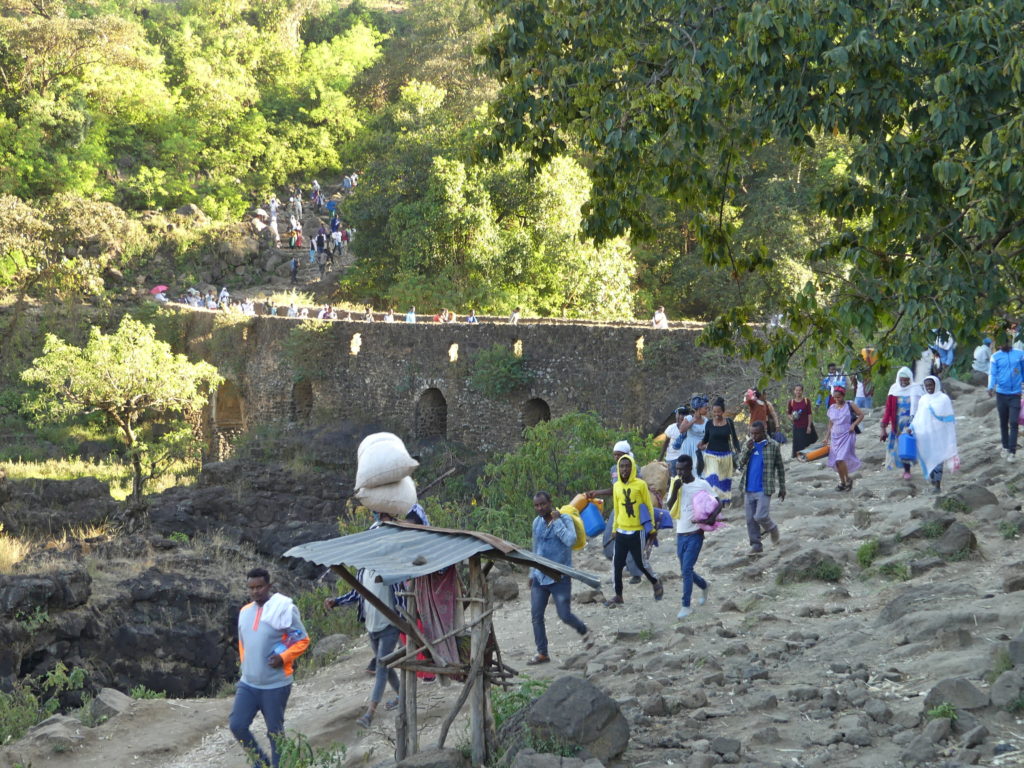
On the uneven stone stairway leading to the impressive stonework of the Portuguese bridge, young and old descended so rapidly that we were nearly knocked aside. Then they continued on foot 45 minutes through the hills to camp overnight at the monastery. Services began the next morning.
(To enlarge any picture above, click on it. Also, for more pictures from Ethiopia – along with Eritrea and Djibouti -, CLICK HERE to view the slideshow at the end of the itinerary page.)


